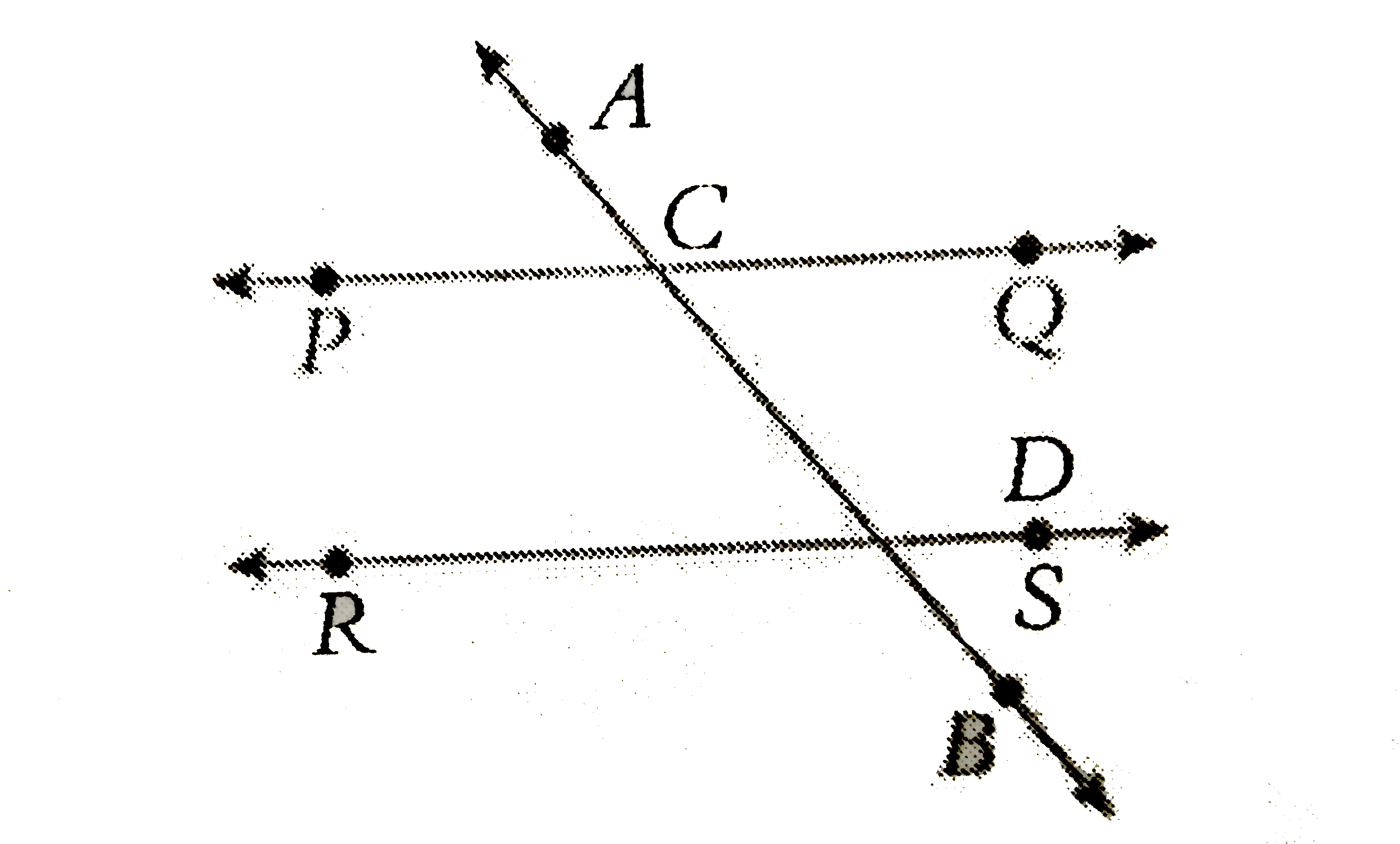¯¯¯¯¯¯ABand¯¯¯¯¯¯DC are two parallel lines and a transversal l ,intersects ¯¯¯¯¯¯AB at P and ¯¯¯¯¯¯DC at R . Prove that the bisectors of the interior angles form a rectangle .
 Solution in Telugu
Solution in Telugu
Step by step video & image solution for bar(AB) and bar(DC) are two parallel lines and a transversal l ,intersects bar(AB) at P and bar(DC) at R . Prove that the bisectors of the interior angles form a rectangle . by Maths experts to help you in doubts & scoring excellent marks in Class 9 exams.
Topper's Solved these Questions
Similar Questions
Make 2 more sentences and check whether they are statements or not? Give reasons.
02:28View SolutionCan we represent all rational numbers pictorially ?
05:28View SolutionIn the figure given below, bar(ED)||bar(AB) and bar(EF)||bar(BC) . If /_FED =40^(@) and /_ DEC =20^(@) , then the angle made by bar(BC) at the centre is
02:36View SolutionIn the figure below, ¯¯¯¯¯¯AB∣∣∣∣¯¯¯¯¯¯FC,¯¯¯¯¯¯AE∣∣∣∣¯¯¯¯¯¯BC and ¯¯¯¯¯¯AF∣∣¯¯¯¯¯¯BD. If ∠F=x∘,∠C=γ∘,∠EAB=k∘ and ∠ABD=p∘, then which of the following options is correct ?
ltimg src="https://d10lpgp6xz60nq.cloudfront.net/physics_images/PS_MATH_VIII_C16_E05_004_Q01.png" width="80%"gt05:41View Solution
In the figure above, ¯¯¯¯¯¯PQand¯¯¯¯¯RS are parallel. ¯¯¯¯¯¯AC is transversal of ¯¯¯¯¯¯PQand¯¯¯¯¯RS. If ∠(ACP)=5x−70∘and∠BDR=4x+70∘, then find the value of x.02:02View SolutionMatch the following Column A to Column B
 02:22View Solution
02:22View SolutionIn the following figure, if O is the center of the circle and ¯¯¯¯¯¯AB is the diameter, then find ∠ACB.
ltimg src="https://d10lpgp6xz60nq.cloudfront.net/physics_images/PS_MATH_IX_C12_E02_009_Q01.png" width="80%"gt03:28View SolutionIn the following figure, ¯¯¯¯¯¯BD is produced to E. If ¯¯¯¯¯¯AD is the angle bisector of ∠A, then find the ∠BCD.
ltimg src="https://d10lpgp6xz60nq.cloudfront.net/physics_images/PS_MATH_IX_C12_E03_005_Q01.png" width="80%"gt03:02View SolutionIn the given figure, ¯¯¯¯¯¯AD and ¯¯¯¯¯¯BE intersect at C, such that BC = CE, ∠ABC=40∘ and ∠DEC=85∘. Find ∠BAC−∠CDE.
ltimg src="https://d10lpgp6xz60nq.cloudfront.net/physics_images/PS_MATH_IX_C12_E04_027_Q01.png" width="80%"gt01:53View SolutionIn the given figure, PQRS is a parallelogram. A and B are the mid-point of ¯¯¯¯¯¯PQ and ¯¯¯¯¯SR respectively. If PS=BR, then the quadrilateral ADBC is a…………………… ,
ltimg src="https://d10lpgp6xz60nq.cloudfront.net/physics_images/PS_MATH_IX_C12_E05_020_Q01.png" width="80%"gt11:35View SolutionThe resultant of the three vectors ¯¯¯¯¯¯OA,¯¯¯¯¯¯OB and ¯¯¯¯¯¯OC shown in figure :-
ltimg src="https://d10lpgp6xz60nq.cloudfront.net/physics_images/ALN_PHY_R01_E02_023_Q01.png" width="80%"gt06:37View Solutionbar AB And bar DC Two parallel lines. Transverse line, bar AB At niP bar DC Denied at R. Show that the interior angles are isosceles lines forming a rectangle.
09:36View Solution←−→AB and←−→DC are two parallel lines and a transversal l, intersects ←−→AB at P and ←−→DC at R. Prove that the bisectors of the interior angles form a rectangle.
08:03View Solution←−→AB and←−→DC are two parallel lines and a transversal l, intersects ←−→AB at P and ←−→DC at R. Prove that the bisectors of the interior angles form a rectangle.
07:19View Solution←−→AB and←−→DC are two parallel lines and a transversal l, intersects ←−→AB at P and ←−→DC at R. Prove that the bisectors of the interior angles form a rectangle.
04:02View Solution←−→AB and←−→DC are two parallel lines and a transversal l, intersects ←−→AB at P and ←−→DC at R. Prove that the bisectors of the interior angles form a rectangle.
View Solution

